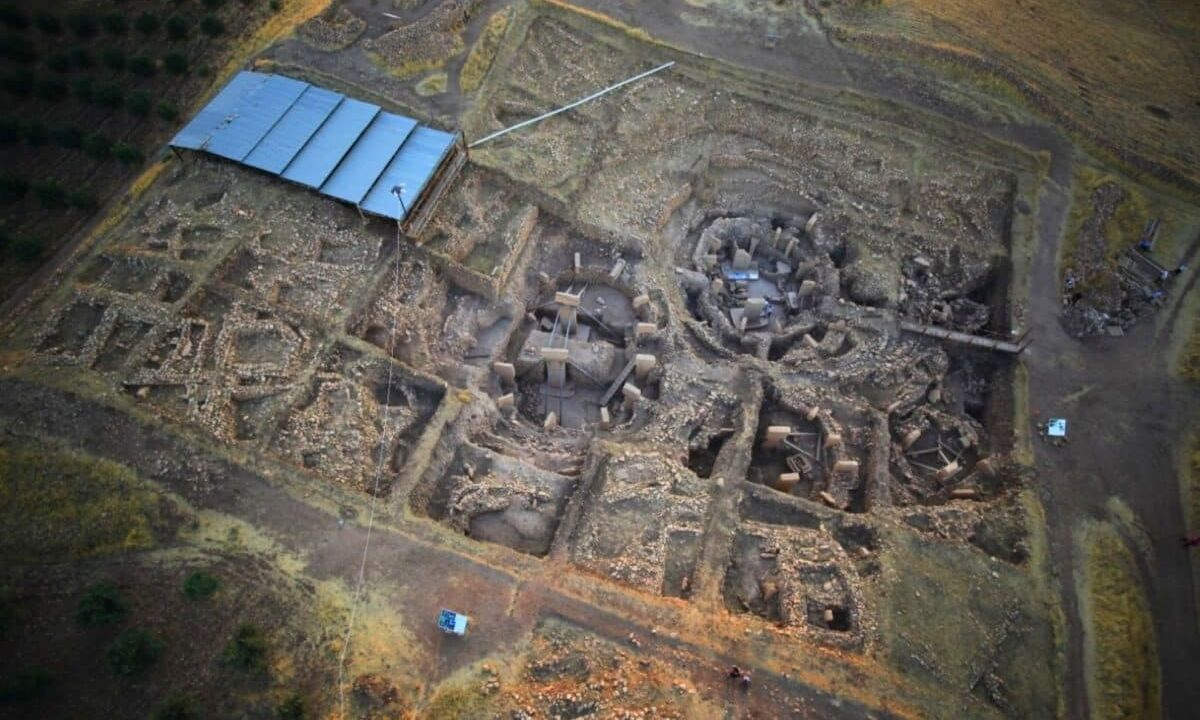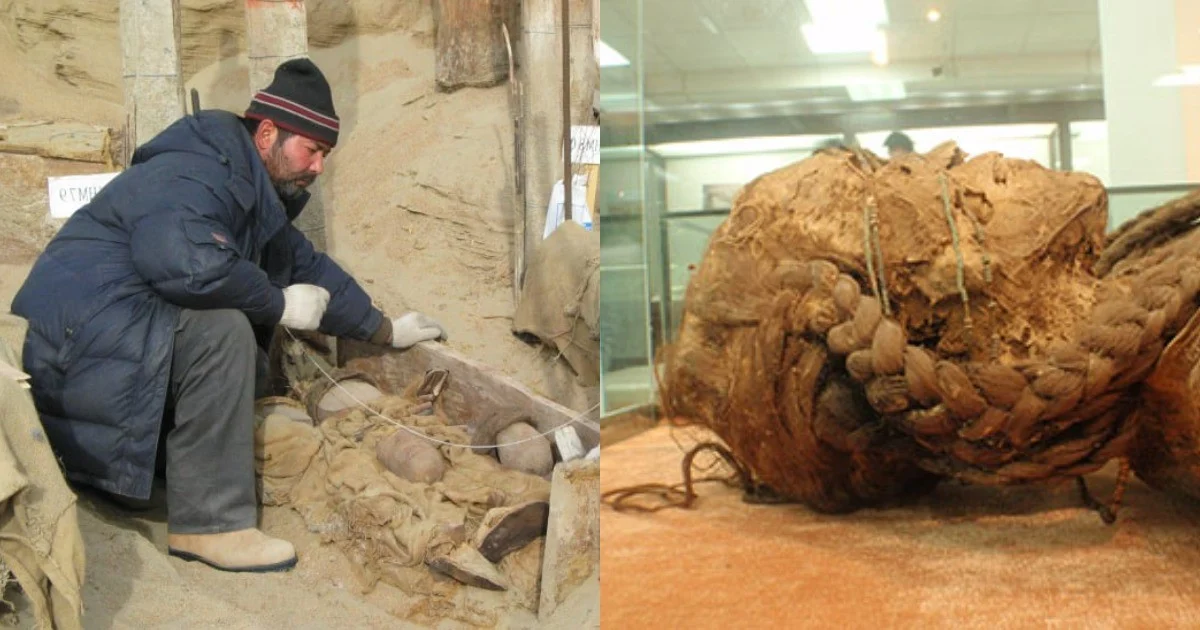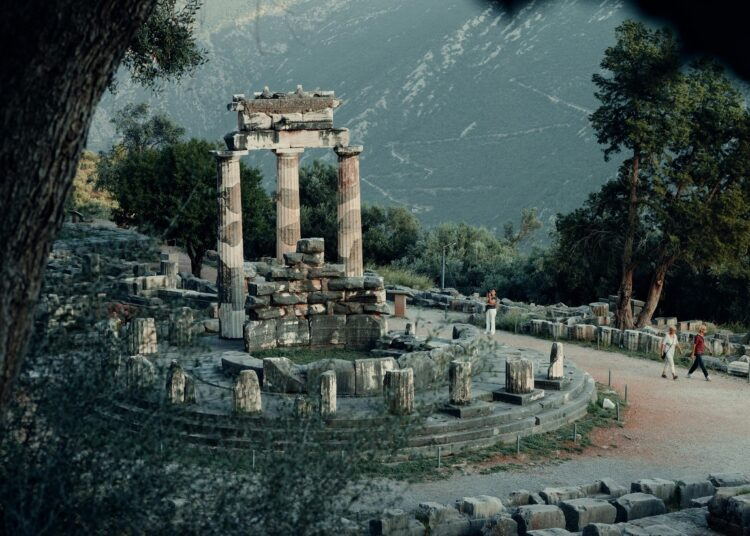A Remarkable Discovery Beneath the Sands
After remaining hidden for over 3,000 years, Egypt’s ‘Lost City of Gold’ has finally been fully excavated, revealing a thriving ancient settlement that once stood beneath the sands of Luxor. The city, known as Aten, was a significant hub for gold mining and administration, offering new insights into Egypt’s ancient economy and culture.
Unearthing an Ancient Metropolis
Located near the famed Valley of the Kings, the site was initially discovered in 2020, with excavations recently reaching completion. Archaeologists uncovered an extensive array of structures, including homes, workshops, religious temples, administrative offices, and bathhouses. The artifacts retrieved from the site span multiple historical periods, extending from the Roman era (30 BCE – 639 CE) through the Islamic era (642 CE – 1517 CE). This suggests that Aten remained active for centuries, serving as a crucial gold production center for various Egyptian dynasties.
A Multicultural and Multilingual City
Among the discoveries were 628 fragments of pottery and stone, inscribed with hieroglyphic, demotic, and Greek scripts. These inscriptions indicate that Aten was a diverse and multilingual city, reflecting the wide range of people who lived and worked there over time. Egypt’s Ministry of Tourism and Antiquities described the excavation as a major step in preserving Egypt’s ancient mining history while making it accessible for both scholars and the general public.
The History of Aten: Egypt’s Gold Capital
Named after the Egyptian sun god, Aten was founded between 1386 and 1353 BCE and served as a key administrative and industrial center. It flourished through the reigns of multiple pharaohs but was abandoned in the early 1350s BCE when Akhenaten, the father of King Tutankhamun, shifted Egypt’s capital 250 miles away to Amarna.
The newly uncovered artifacts shed light on ancient gold mining techniques and daily life within the city. The excavation revealed a remarkably preserved mining settlement, complete with gold processing facilities and specialized factories for refining gold from quartz veins. These workshops contained evidence of a sophisticated multi-step process, which included grinding quartz, filtering sediments in basins, and smelting ore in clay furnaces to produce pure gold.
Insights from Ancient Inscriptions and Artifacts
Archaeologists believe that once the inscriptions on the excavated pottery and stone fragments are fully translated, they could reveal crucial details about Aten’s economic, political, and cultural landscape. Other significant finds include bronze coins from the Ptolemaic dynasty (305 BCE – 30 BCE), stone offering tables used for religious rituals, terracotta figurines, and sculptures of deities. Additionally, ceramic vessels likely used for storing perfumes, medicines, and incense, along with jewelry crafted from precious stones and seashells, paint a vivid picture of life in the Lost City of Gold.
The Journey to Rediscovery
The search for Aten dates back decades, with many foreign archaeological missions attempting but failing to locate the lost city. The breakthrough came when researchers, initially searching for King Tutankhamun’s mortuary temple, began excavations on Luxor’s west bank. Within weeks, they uncovered well-preserved mud-brick structures, complete walls, and rooms filled with everyday tools, confirming the existence of a once-thriving metropolis.
A New Chapter in Egypt’s History
With the excavation now complete, researchers continue to analyze their findings, piecing together the rich history of Aten. This discovery not only deepens our understanding of ancient Egyptian civilization but also underscores the significance of ongoing archaeological efforts in preserving and uncovering humanity’s past.










